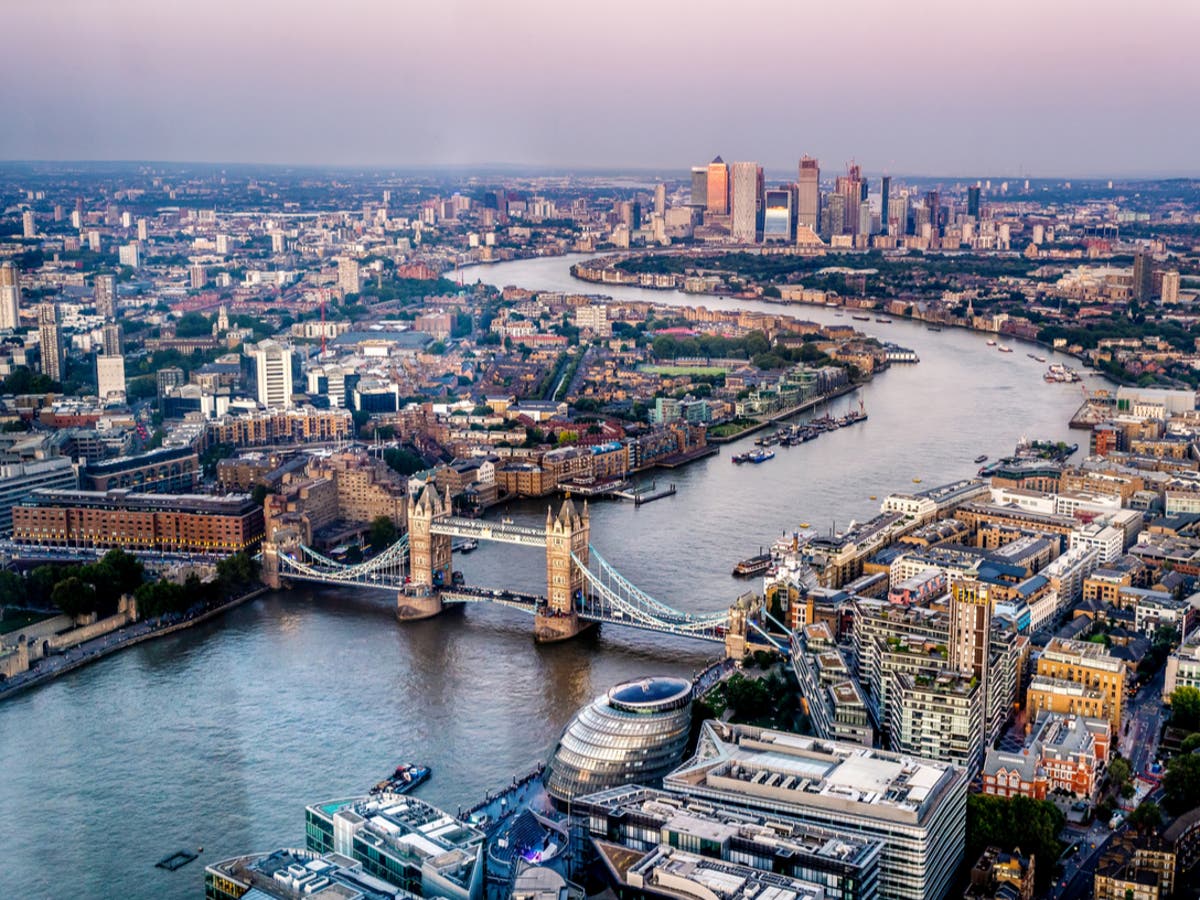World’s most dangerous countries to visit in 2024 revealed
Lebanon, Palestinian Territories and Russia have all seen notable risk rating increases


Sign up to Simon Calder’s free travel email for expert advice and money-saving discounts
Get Simon Calder’s Travel email
The world’s most dangerous countries to visit in 2024 have been revealed in a new study.
South Sudan, Afghanistan, Syria, Libya and Somalia were named as the riskiest nations in the 2024 risk map compiled by medical and security consultancy International SOS.
The annual map assesses various factors to inform travellers and businesses about potential threats in countries across the globe.
It pulls together medical and security risk ratings, reflecting the impact of events such as the ongoing conflicts in Ukraine and between Israel and Hamas.
This year, for the first time, the map also includes ratings based on the dangers of climate change, after International SOS saw a rising trend in the number of climate-related alerts being issued to clients as rising global temperatures increased health risks around the world.
The data, compiled by Inform (a collaboration between the Euro-Mediterranean Center on Climate Change and Joint Research Centre of European Commission), estimates the future risk of humanitarian crises and disasters caused by climate change.
“Just one example, the extreme heat events this year, with the first ever named heatwave Cerberus hitting Europe, may become commonplace,” said Dr Irene Lai, global medical director at International SOS.
“In addition to the physical impacts of extreme heat, there can be significant negative effects on mental health. It is essential businesses plan for this, adapting our way of living and working to protect health, while also taking steps to slow and eventually reverse the trend in rising temperatures.”
Countries were graded for each category of risk – medical, security and climate change – on a five-level scale ranging from “low” to “very high” for medical and climate change, and “insignificant” to “extreme” for security.
For “security”, Ukraine, Syria, Iraq, Afghanistan, Libya, Yemen, South Sudan, Central African Republic and Somalia were all given the highest warning level of “extreme”.
Parts of Lebanon, Palestinian Territories, Russia and across the Sahel all saw increases in security risk, alongside Ecuador and parts of Colombia following a rise in criminality and unrest.
However, risk ratings decreased for El Salvador and parts of Nepal as a result of sustained downward trends across a number of risk factors.
The safest countries, meanwhile, are all in Europe: Iceland, Luxembourg, Norway, Switzerland and Denmark.
In the “medical” category, the countries labelled “very high” risk are Syria, Iraq, Afghanistan, Yemen, North Korea, Palestinian Territories, Haiti, Libya, Niger, Burkina Faso, Guinea, Guinea-Bissau, Sierra Leone, Liberia, Sudan, South Sudan, Central African Republic, Eritrea, Burundi and Somalia.
Countries at “very high” risk when it comes to climate change include: Syria, Iraq, Afghanistan, Yemen, Chad, Niger, Mali, Nigeria, Central African Republic, South Sudan, Ethiopia, Somalia, Democratic Republic of the Congo and Mozambique.
The UK received a “low” rating across all three categories of risk.

 MikeTyes
MikeTyes 
































